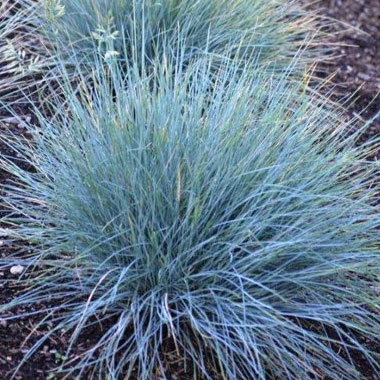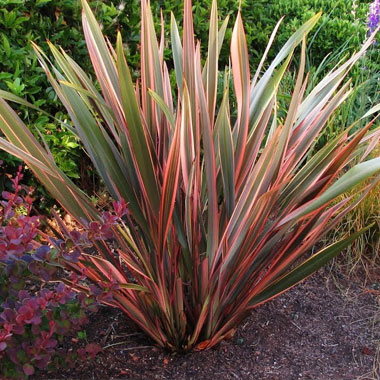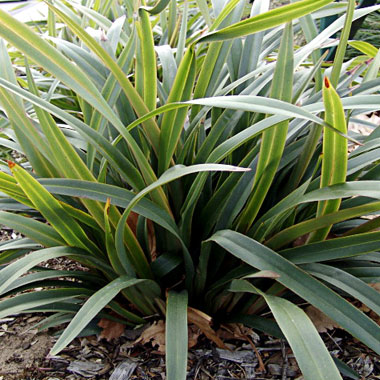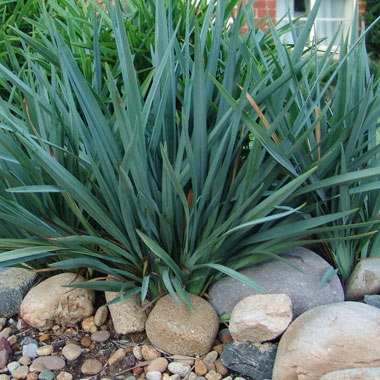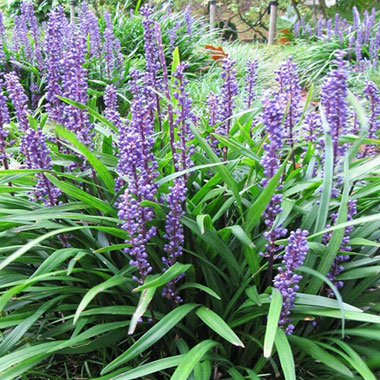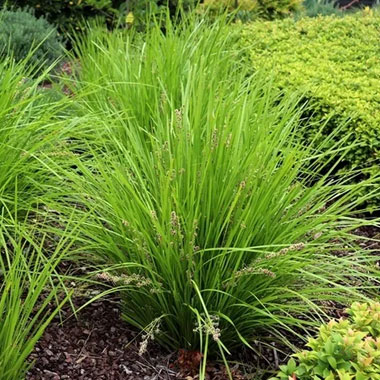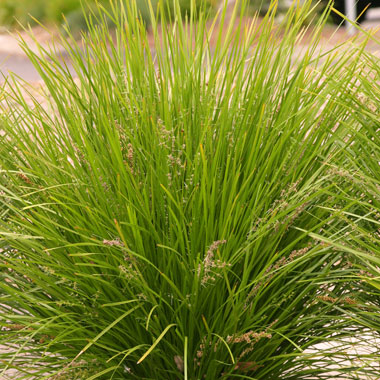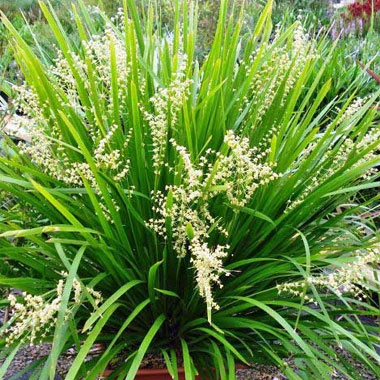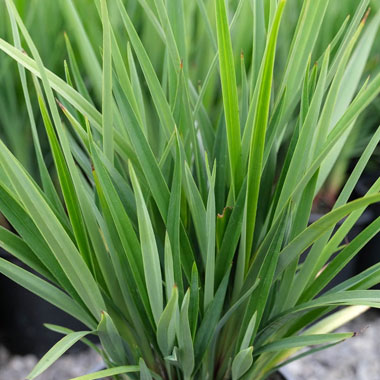Australia's challenging climate, characterized by its arid regions and unpredictable rainfall patterns, demands resilient and water-efficient plant choices. Drought-tolerant grasses offer an ideal solution for creating lush and sustainable landscapes. These grasses not only provide visual appeal but also require minimal watering and maintenance. Here are some of the best water and drought-tolerant grasses for Australian gardens:
When considering grasses for your Australian garden, it's important to choose species that are native to your region or well-adapted to your local climate. This ensures that they will thrive with minimal water and maintenance, aligning with the goal of creating a water-saving garden.
1. Kangaroo Grass (Themeda triandra):
Kangaroo Grass is a native perennial grass that thrives in a variety of Australian environments. Its adaptability to diverse soil types and its ability to remain green during dry periods make it a favorite for water-saving gardens. This grass forms tussocks, creating a natural and graceful look while requiring minimal water inputs.
2. Lomandra (Lomandra spp.):
Lomandra grasses are renowned for their resilience and suitability for low-water landscapes. With their distinctive strap-like leaves and varied sizes, they add texture and structure to gardens. These grasses are versatile and can be used as ground covers, borders, or even as feature plants.
3. Poa Grass (Poa spp.):
Several Poa grass species, including Poa labillardieri and Poa poiformis, exhibit excellent drought resistance. These grasses are well-suited for coastal areas and can provide a lush, lawn-like appearance without the high water demands associated with traditional lawns.
4. Wallaby Grass (Rytidosperma spp.):
Native to Australia, Wallaby Grasses are known for their ability to withstand challenging conditions. They are often used in ecological restoration projects due to their hardiness and ability to establish in various soil types.
5. Blue Fescue (Festuca glauca):
Blue Fescue is an ornamental grass prized for its striking silvery-blue foliage. Its compact size and drought tolerance make it a popular choice for rock gardens, borders, and containers. It adds a touch of elegance while requiring minimal water.
6. Spear Grass (Austrostipa spp.):
Spear Grasses are native to Australia and are well-adapted to the country's dry conditions. These grasses have a natural, wild appearance and can be used to create a rustic and authentic landscape.
7. Kangaroo Paw Grass (Themeda australis):
This native grass, also known as Red Grass, adds a pop of color to drought-tolerant gardens. Its reddish hues provide visual interest, and its ability to withstand water scarcity makes it an excellent choice for arid landscapes.
8. Weeping Grass (Microlaena stipoides):
Weeping Grass is a versatile and hardy grass that grows in both sunny and shaded areas. Its dense growth habit helps suppress weeds, and it remains green even in dry conditions.
9. Kikuyu Grass (Pennisetum clandestinum):
Although not native, Kikuyu Grass is widely used for its ability to endure drought and heat. It's commonly utilized for lawns, sports fields, and erosion control, making it a practical choice for various landscapes.
10. Queensland Blue Couch (Digitaria didactyla):
This warm-season grass is known for its soft texture and vibrant blue-green color. While it's not as drought-tolerant as some other species, it can still withstand periods of water scarcity better than many traditional lawn grasses.
Choosing water and drought-tolerant grasses is a strategic approach to cultivating an environmentally conscious garden in Australia. These grasses not only reduce water consumption but also contribute to the overall sustainability of your landscape. When selecting grass species, consider their adaptability to your local climate and soil conditions to ensure the best results. By incorporating these grasses, you can create a beautiful and resilient garden that thrives in Australia's challenging climate.

